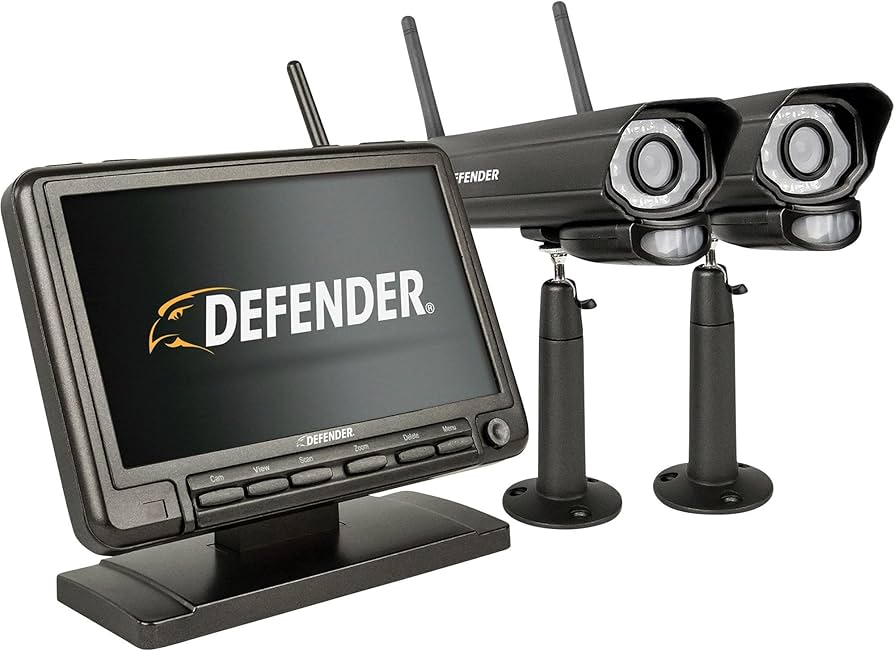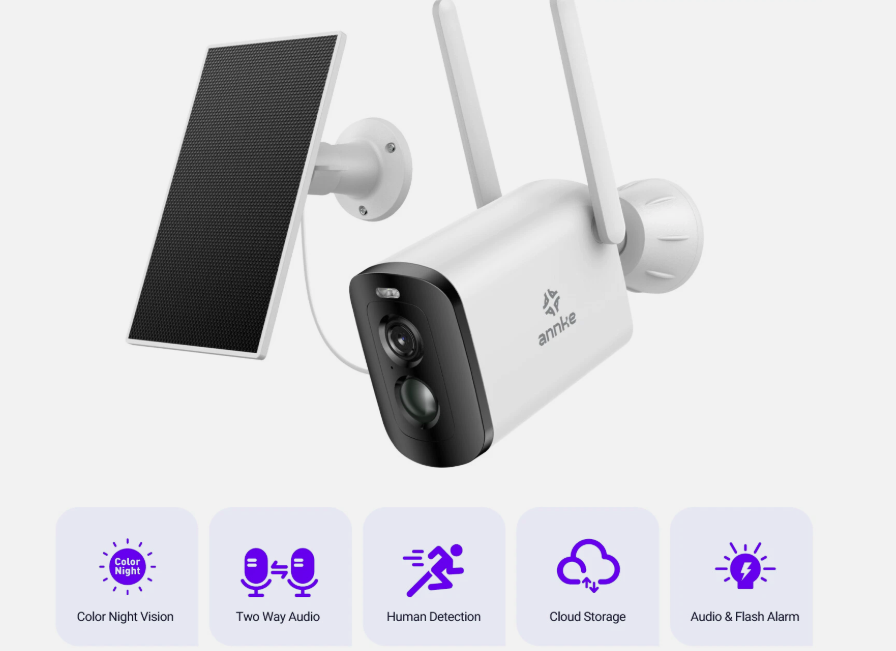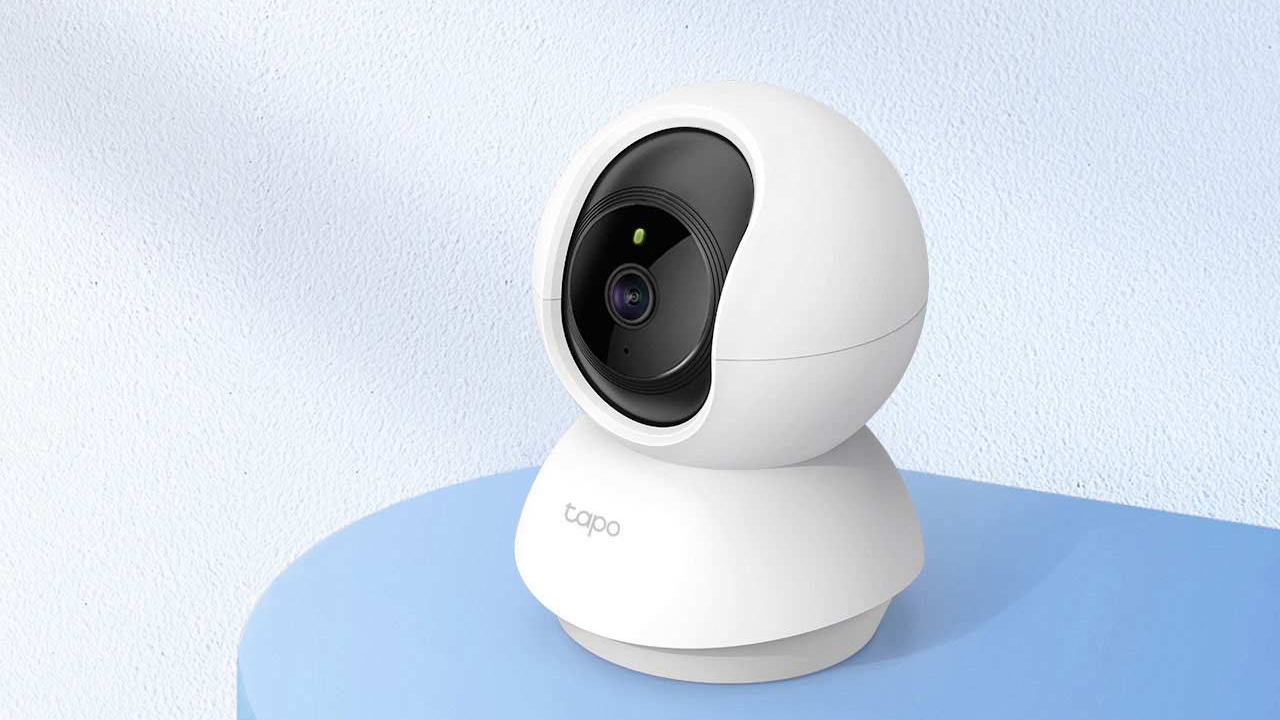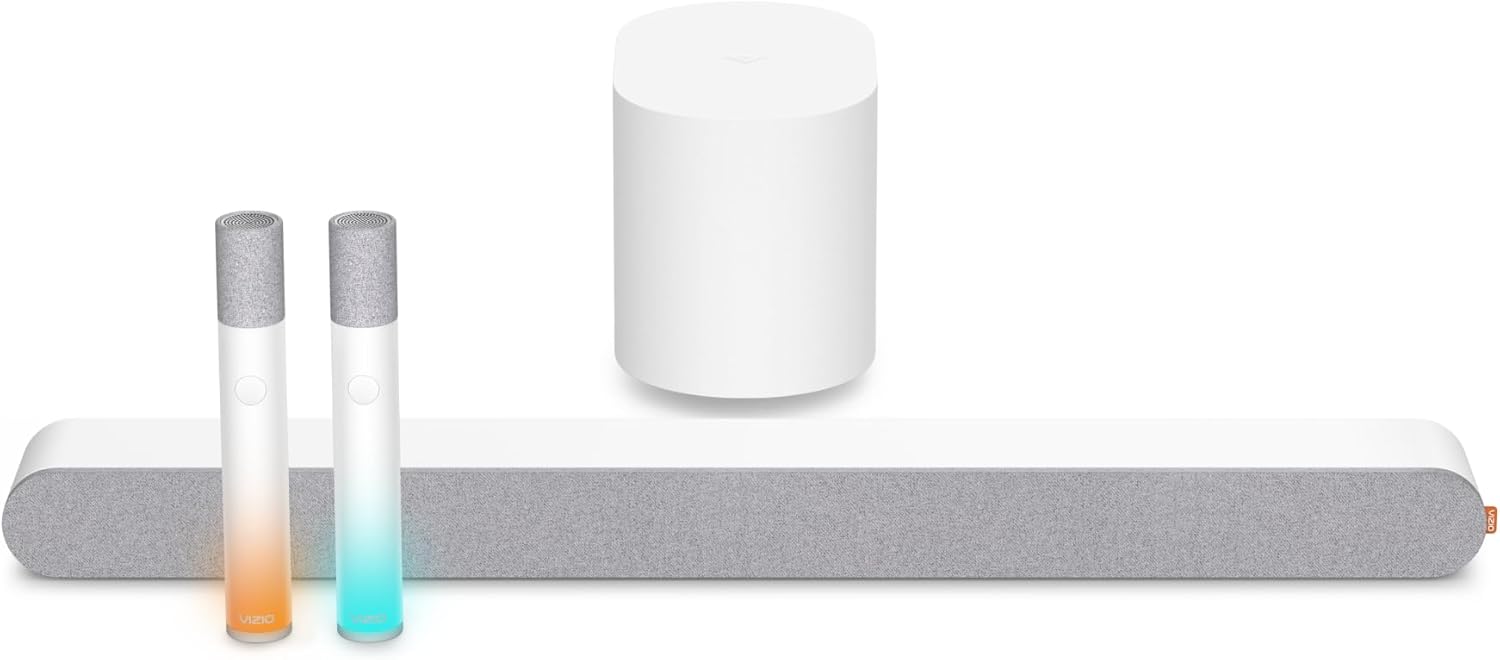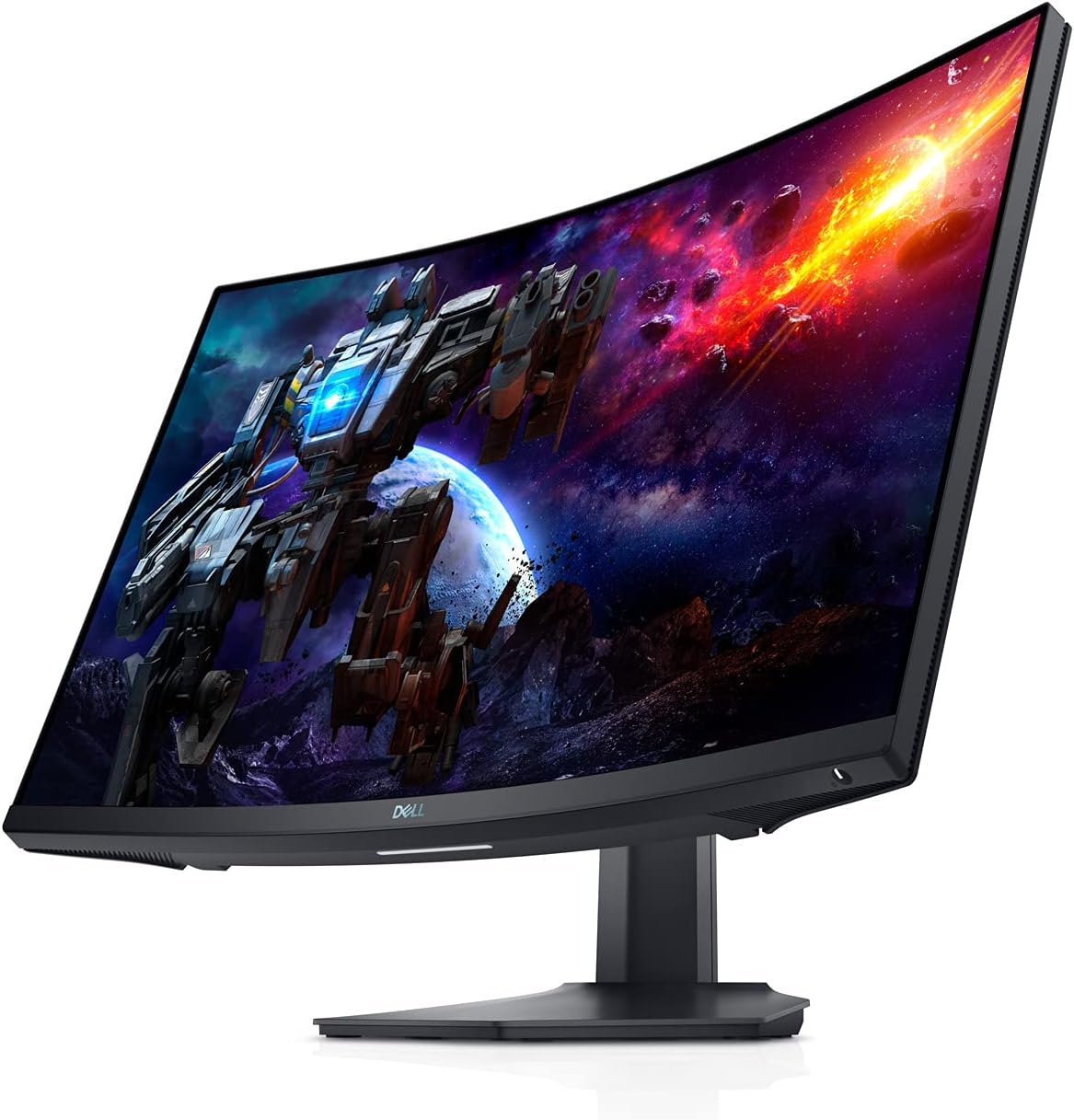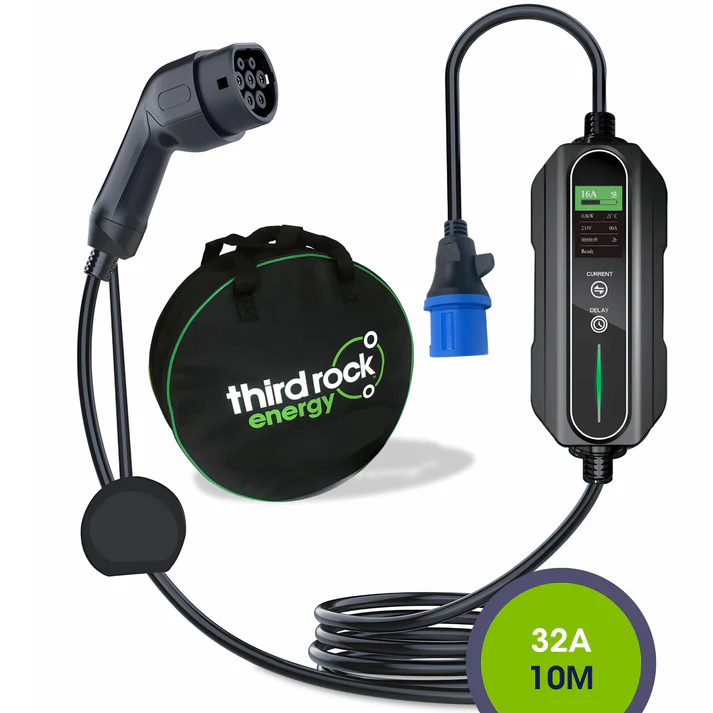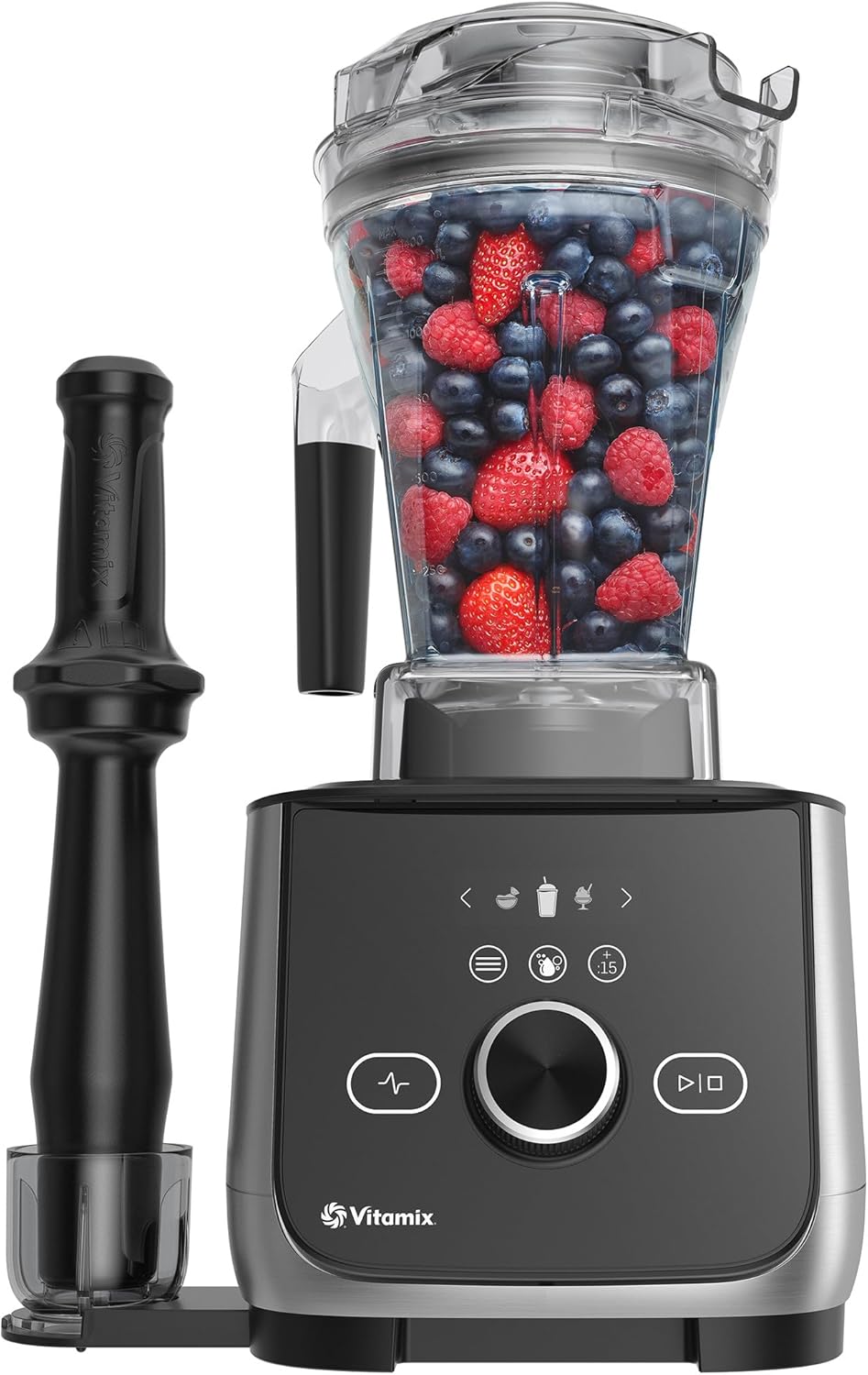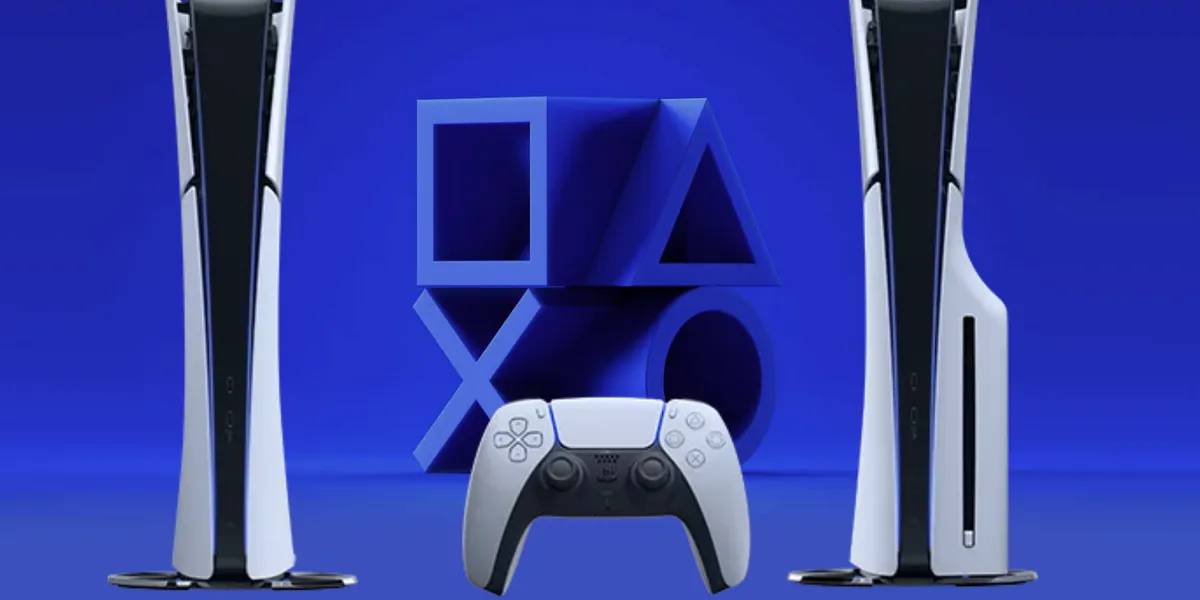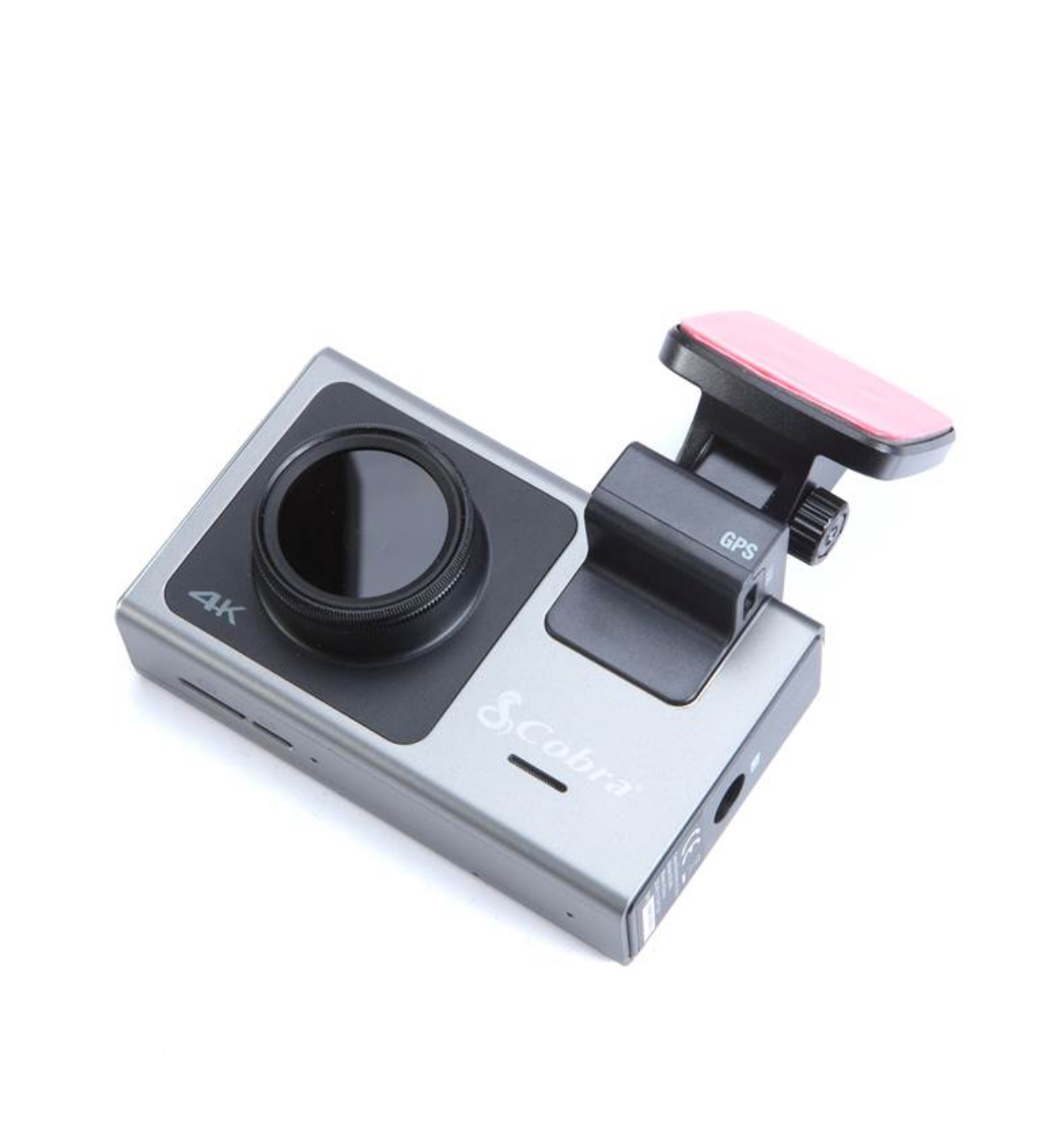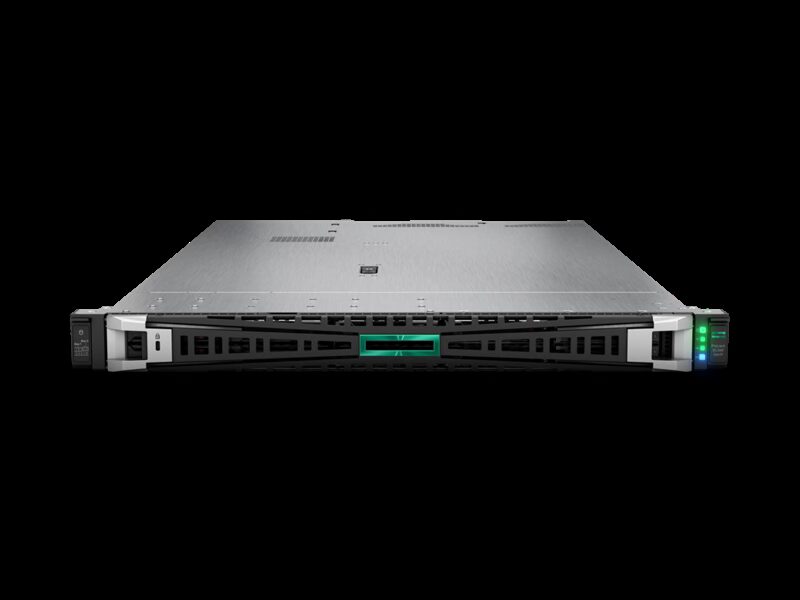In a smart home era full of cloud-based, subscription-heavy gadgets, it’s easy to forget that not everyone wants—or needs—a security system tied to an app, a network, or a monthly bill. For those who want simplicity, privacy, and local control, the Defender Phoenix M2 is a breath of fresh air.
This wireless surveillance system works without Wi-Fi, without contracts, and without the complexity of modern smart cams. And for many people, that’s exactly what makes it brilliant.
Whether you live in a rural area with limited internet, want full local recording with no cloud reliance, or simply prefer your data to stay off the web, the Defender Phoenix M2 offers exactly what you’re looking for: easy setup, clear video, and dependable, 24/7 recording on your terms.
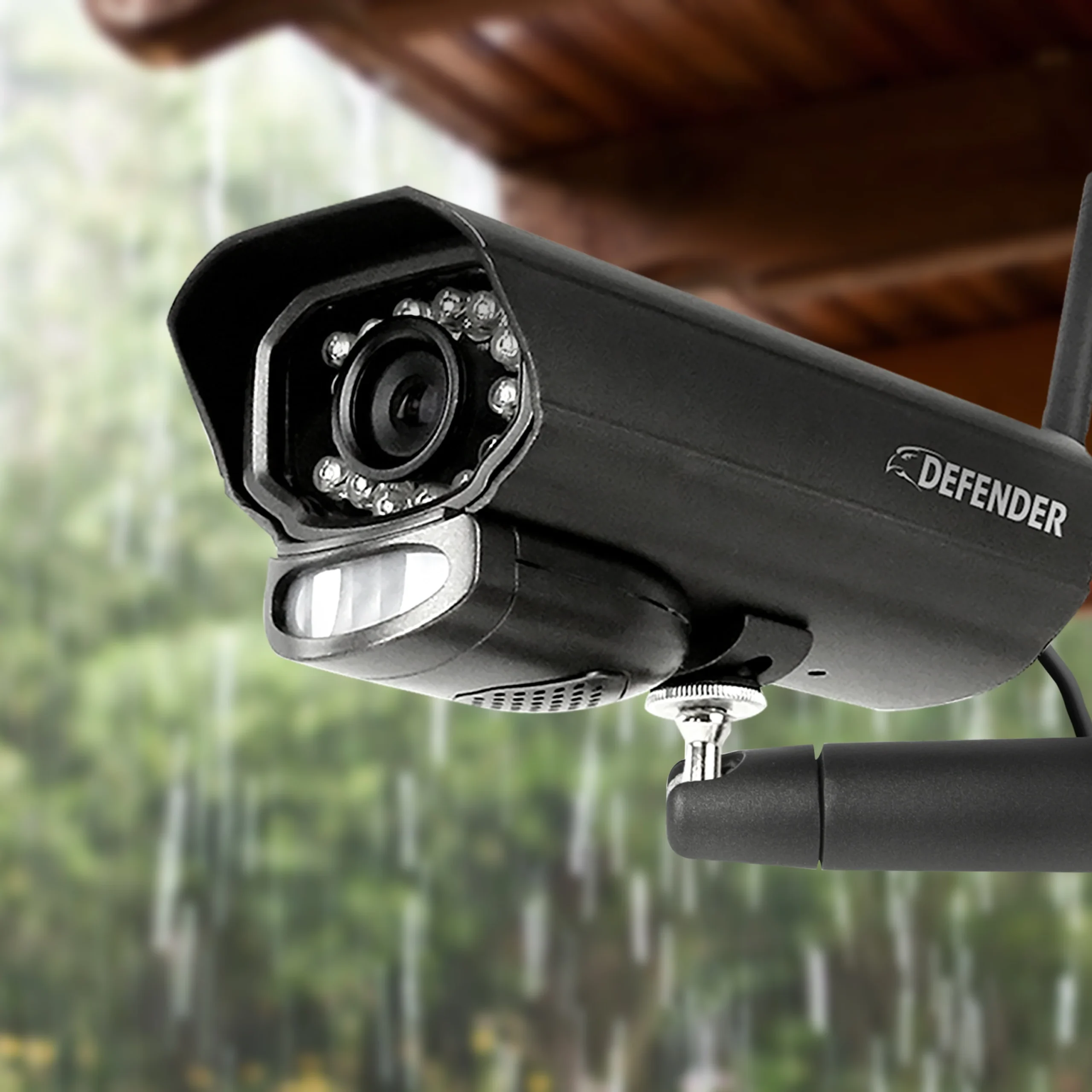
What Is the Defender Phoenix M2?
The Defender Phoenix M2 is a complete DIY wireless video surveillance system that includes two weather-resistant night vision cameras and a 7-inch LCD monitor with a built-in DVR. It’s designed for users who want a simple, secure, and reliable way to monitor their property—without the hassle of internet connections, complicated apps, or cloud subscriptions.
Everything in the system communicates over a closed, encrypted wireless signal. That means there’s no need for a router, modem, or Wi-Fi network. The cameras and monitor arrive pre-paired and ready to go—just plug them into power outlets, mount the cameras in your desired locations, and position the monitor indoors. Within minutes, the system is active and recording.
The heart of the system is the monitor, which doubles as your DVR and viewing station. It supports local storage via SD card (up to 128GB), allowing you to capture hours of video footage without relying on external servers. This is especially valuable for those who prioritize privacy and want full control over their recordings.
Additionally, the Defender Phoenix M2 supports split-screen viewing, motion detection, customizable recording modes (continuous or motion-triggered), and intuitive navigation through its simple menu interface. You can also manually capture snapshots or lock important clips directly from the monitor—no PC or smartphone required.
Ideal for both indoor and outdoor use, this system is perfect for monitoring driveways, front doors, garages, sheds, or even remote cabins and outbuildings. It gives users a sense of visibility and protection—without requiring any tech-savviness or outside connectivity.
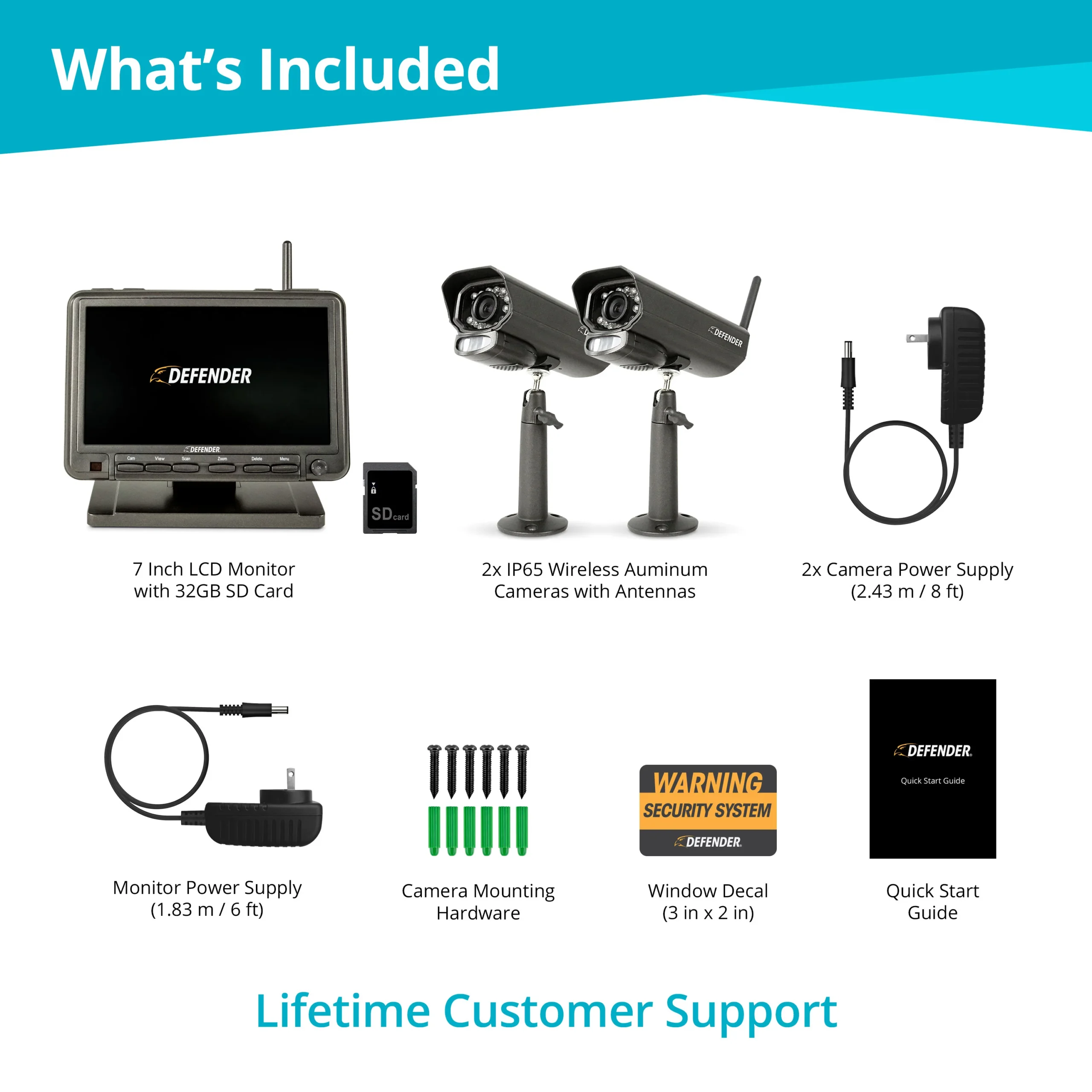
Easy Setup, No Networking Headaches
One of the biggest advantages of the Defender Phoenix M2 is how quickly you can set it up—especially if you’re not tech-savvy or don’t want to mess with home networks.
The cameras and monitor arrive already paired, so once you plug them in, they automatically connect to each other using Defender’s secure digital signal. There are no usernames, passwords, Wi-Fi drops, or software updates to worry about. Just plug, place, and protect.
This makes the Phoenix M2 ideal for people in the following situations:
- Rural homes or cabins with weak or no internet
- Elderly users who want simple, reliable security
- Renters who can’t hardwire a camera system
- Users concerned about cloud storage or hacking risks
- Vacation property owners who want remote-free monitoring
Because it records everything locally and operates offline, it’s also more resilient during internet outages or power surges.
Clarity When It Counts: Video and Audio Performance
You might expect a basic, offline system like this to suffer in the quality department—but the Defender Phoenix M2 delivers surprisingly solid video.
The two included cameras stream video in crisp 480p resolution to the 7″ LCD screen. While it’s not HD, the image is sharp enough to clearly identify faces, license plates, and key details in well-lit areas.
And thanks to built-in infrared night vision, the cameras provide up to 40 feet of visibility in darkness—automatically switching to night mode when light levels drop. This makes them great for monitoring entrances, garages, driveways, sheds, or backyards.
Each camera also has a built-in microphone, capturing clear audio from the surrounding area. You won’t just see what happens—you’ll hear it too.
The video feed is delay-free and smooth, with options for live viewing or playback directly on the monitor. You can even connect the monitor to a TV for a larger viewing experience.
The Benefits of Going Offline
There are plenty of advantages to cloud-connected security systems—but there are also clear benefits to staying offline. And that’s where the Defender Phoenix M2 offers something different:
- No subscription fees: You own the system. You use it how you want. There are no hidden costs.
- Total privacy: Your footage stays local. Nothing gets uploaded, tracked, or stored on someone else’s server.
- Better reliability: Wi-Fi can’t drop, apps don’t glitch, and firmware updates won’t interrupt your protection.
- Faster setup: Without networks or apps, installation takes minutes, not hours.
- No phone required: You don’t need a smartphone, tablet, or account. Everything works out of the box.
For users who want security without complexity—or homes where internet-based solutions are unreliable—this kind of system is exactly what’s needed.

What You Can Expect in Daily Use
Using the Defender Phoenix M2 is refreshingly straightforward. Here’s what your typical day with the system might look like:
- Morning: Glance at the monitor to check if any motion-triggered recordings were saved overnight.
- Midday: Use the monitor’s intuitive controls to review footage or adjust settings if needed.
- Evening: Activate night vision mode automatically and check camera feeds from inside your home.
- Any time: View live video on the monitor, switch camera views, and capture snapshots with one button press.
The monitor stores several days’ worth of footage on the SD card (depending on resolution and motion activity). Once full, it begins overwriting the oldest clips automatically—unless you’ve locked them for backup.
The DVR interface allows you to browse by date and time, making it easy to find what you need. You can also remove the SD card to back up video on a computer if necessary.
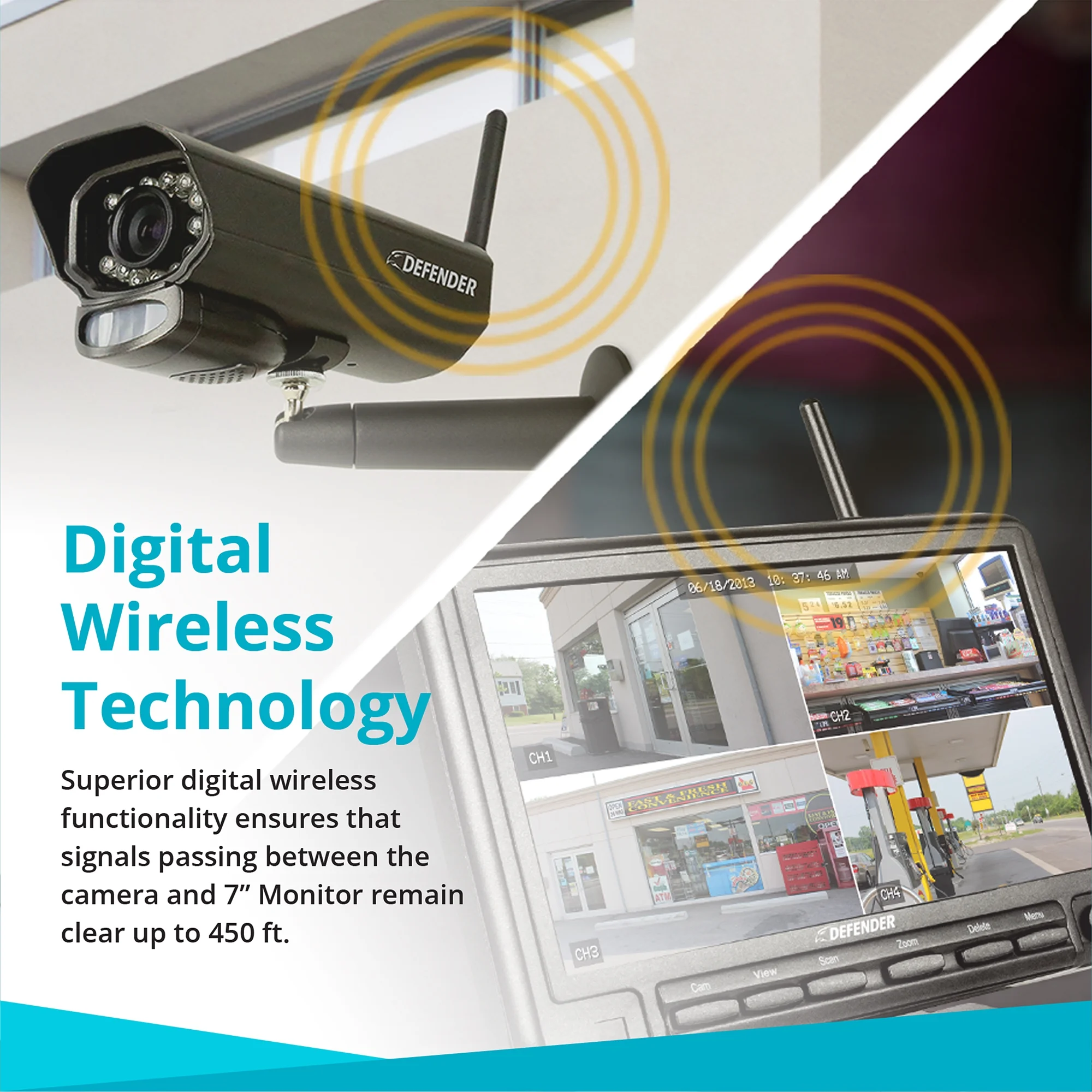
Why Defender Phoenix M2 Is a Smart Choice for Many
Let’s summarize the key strengths of the Defender Phoenix M2 for practical users:
- Plug-and-play setup with pre-paired cameras and monitor
- No internet required for installation or operation
- Infrared night vision for 24/7 visibility
- Local recording to SD card with no cloud dependency
- Live viewing on dedicated monitor—no apps, no phones
- Expandable to four cameras for broader coverage
- Secure, private signal that’s safe from hacking or interference
- One-time purchase—no monthly monitoring fees or subscriptions
It’s ideal for anyone who wants basic but trustworthy home surveillance without diving into the smart home ecosystem.
Final Thoughts: When Simple Really Is Smart
The Defender Phoenix M2 isn’t trying to be everything. It’s not loaded with cloud features, AI alerts, or integrations with a dozen smart devices. But that’s exactly what makes it perfect for a certain kind of user.
If you want clear video, fast setup, no internet fuss, and complete local control, this system nails it. It doesn’t overcomplicate what home security should be—it just makes it work.
For cabins, rural homes, elderly family members, or anyone who values privacy and simplicity, the Defender Phoenix M2 is a dependable, affordable, and refreshingly offline solution.
FAQ: Defender Phoenix M2
- Does it require Wi-Fi or internet?
No. The system operates entirely offline using a private wireless signal. - How many cameras can it support?
You can connect up to four Defender Phoenix M2 cameras to the same monitor. - Can I view footage remotely via phone?
No. This is a local system with no internet or app connectivity. All viewing is done through the monitor. - Is the video quality HD?
The system records in 480p, which is clear enough for most basic surveillance needs. - How far can the cameras be from the monitor?
The signal range is up to 450 feet in open space, or around 100–150 feet indoors depending on walls. - Does it record continuously or just on motion?
You can configure it for continuous recording or motion-triggered clips. - What happens when the SD card is full?
It automatically overwrites the oldest footage, unless you’ve marked files as protected. - Is the night vision automatic?
Yes, the system switches to infrared mode in low light conditions.

